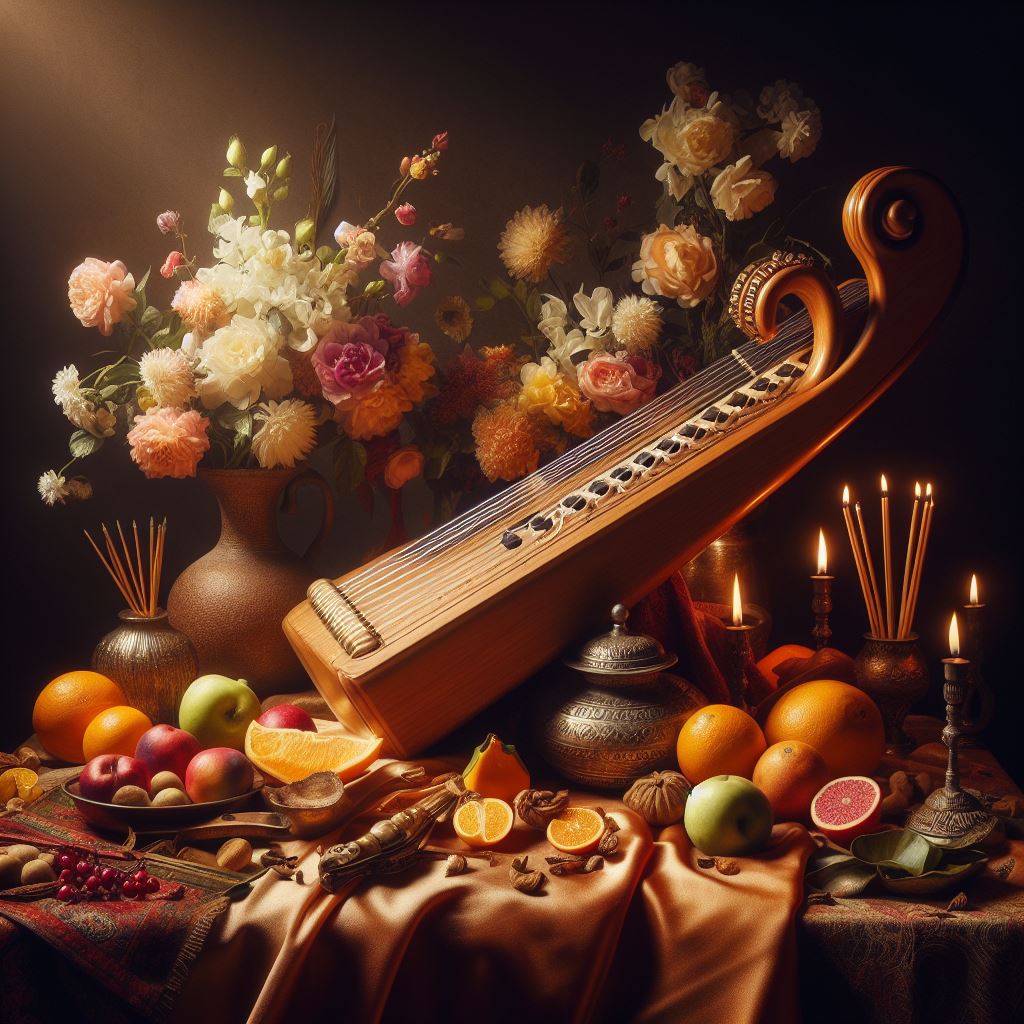Nadaswaram

Exploring the Melodious Tradition of Nadaswaram: South India's Auspicious Musical Heritage
Nadaswaram is a traditional South Indian musical instrument that is widely used in classical, folk, and religious music. It is a double-reed instrument, similar to the North Indian shehnai, and is known for its rich, deep sound that is often associated with auspicious occasions and temple rituals.
Features of Nadaswaram:
Structure: The Nadaswaram consists of a long wooden body with a conical bore, usually made from a type of wood called aacha (Indian ebony). It has a metal bell at one end and a double reed mouthpiece at the other.
Sound: The instrument produces a powerful and sonorous sound that is characterized by its unique timbre and resonance. It is capable of producing a wide range of pitches and is known for its ability to project over long distances.
Repertoire: Nadaswaram is primarily used in the Carnatic music tradition of South India. It is an essential part of classical music concerts, temple rituals, and processions, where it is often played alongside the thavil, a traditional South Indian drum.
Occasions: Nadaswaram is commonly associated with auspicious occasions such as weddings, temple festivals, and other religious ceremonies. Its music is believed to be spiritually uplifting and is considered auspicious in many cultural contexts.
Playing Technique: The instrument is played by blowing air through the reed while using circular breathing techniques to maintain a continuous sound. The fingering technique is complex, allowing for intricate melodies and ornamentation.
Cultural Significance: In addition to its musical role, the Nadaswaram holds cultural and religious significance in South Indian traditions. Its presence is considered auspicious, and it is often played during important events and rituals.
Regional Variations: While the basic structure of the Nadaswaram remains consistent, there are regional variations in its design and playing style across South India, with different schools of playing and repertoire.
Nadaswaram is not only a musical instrument but also a symbol of South Indian cultural heritage and tradition. Its majestic sound and association with auspicious occasions make it an integral part of the musical landscape of the region.
